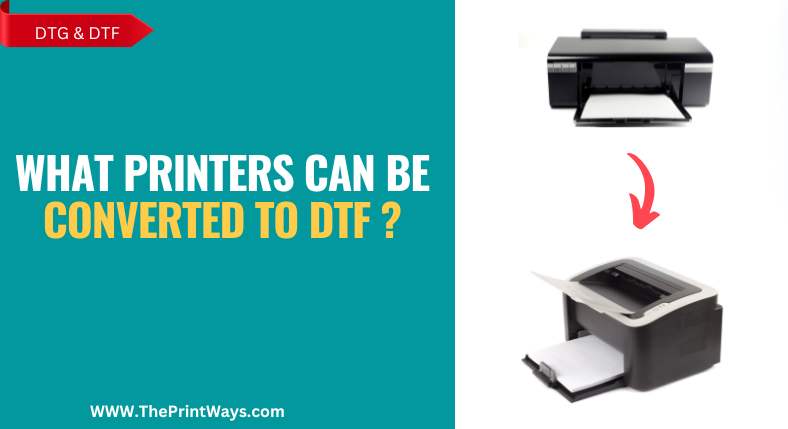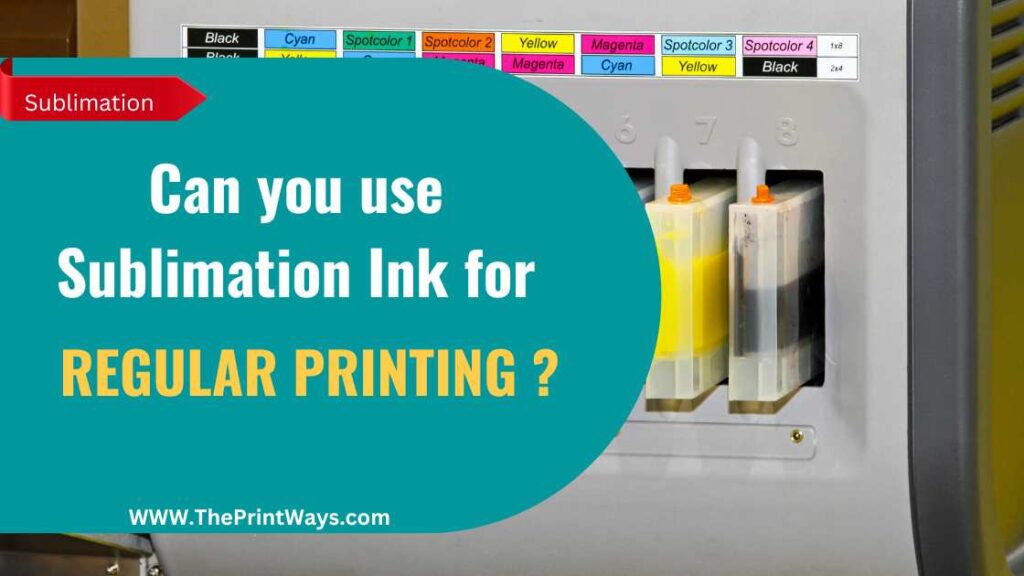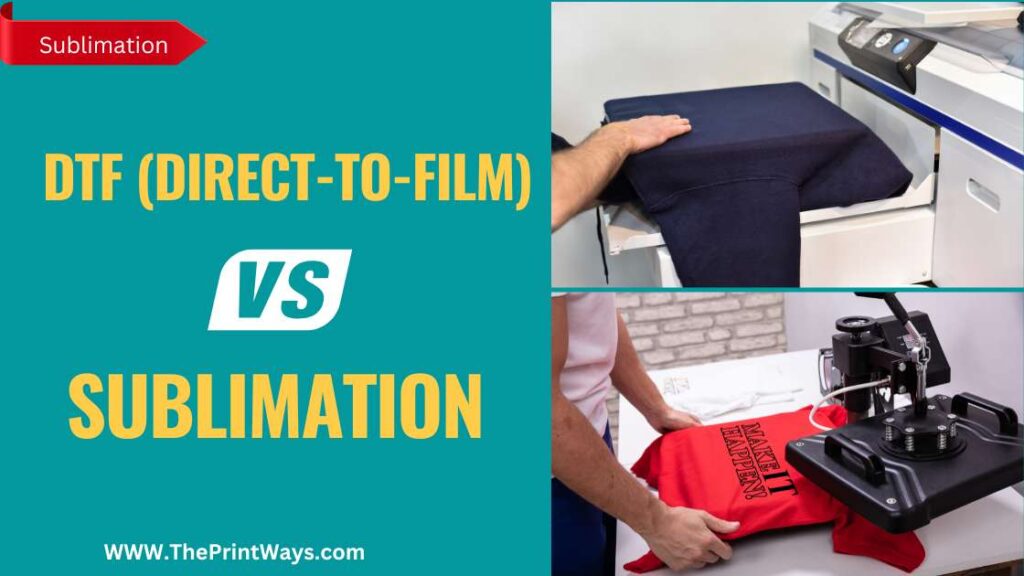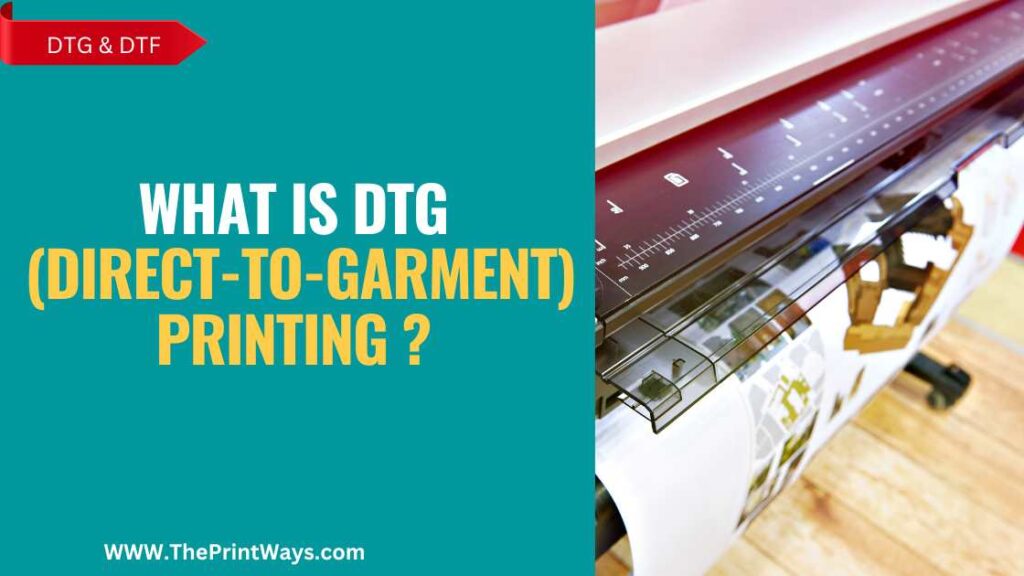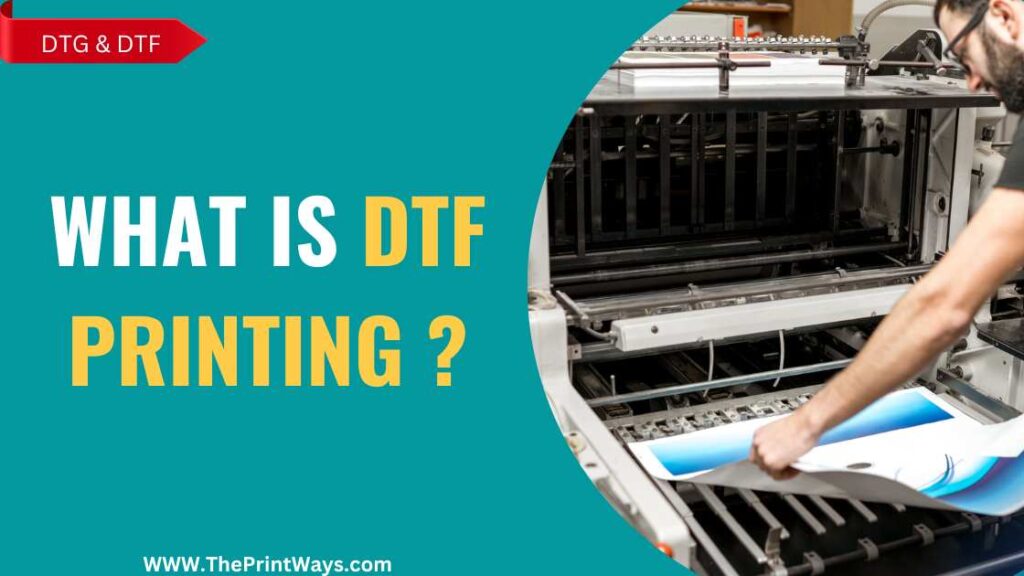Want to try Direct to Film printing but not sure if your current printer can do it? Good news, then! Printing DTF transfers is possible on many inkjet printers with some extra equipment and tweaks.
If you’ve ever wanted to make high-quality, full-color transfers for a wide range of substrates, this is a game-changer. We’ll take a look at some of the most common printers that may be converted to DTF, as well as the tools and procedures needed to accomplish the task.
Let’s get started and find out which printers can be upgraded to DTF Powerhouse!
Is It Possible To Convert A Printer To Dtf Printer ?
It is possible to convert a printer to DTF (direct-to-film) printing. Most standard inkjet or laser printers can be converted with the right parts and tools. The process typically involves replacing the existing print heads, installing new software, and adding some additional hardware.
Some of the best models for converting are Epson Stylus Pro 4800, HP DesignJet T520, Canon ImagePrograf iPF6200/6300 series, and Ricoh GX7000s. It’s important to research thoroughly before attempting any conversion as it requires specific knowledge and expertise in printer maintenance and repairs.
With that being said, if you’re comfortable taking on such a project, then there are plenty of resources available online for instructions on how to convert your own printer into a DTF machine.
What Printers Can Be Converted To Dtf ?
The most common type of printer used for this purpose is an Epson large format printer, although other brands may also work well. Generally, any wide format printer with pigment ink will produce acceptable results when used for DTF projects.
Additionally, laser and thermal transfer printers are often suitable for converting to DTF as long as they have the capability to print on transparencies or films.
The key components required in order to convert a standard office printer into a DTF machine include a light source such as an exposure unit, vacuum frame, optical base film, emulsion sheets and developer chemicals.
Special software applications such as RIP (Raster Image Processor) must also be installed in order to facilitate accurate color output from the device. Once all these components have been acquired and set up properly, a regular desktop or laptop computer can then be connected to the printer in order to send rasterized images which can then be printed directly onto photographic film media.
What Epson Printers Can Be Converted To Dtf ?
Epson has a wide range of printers available, and many of them can be converted to DTF. Here are four Epson models that are compatible with the Direct-to-Film (DTF) printing process:
- Epson SureColor F6200
- Epson SureColor P800
- Epson Stylus Pro 4900
- Epson Stylus Pro 7900/9900
These printers offer excellent color accuracy and precision when used for direct-to-film printing. The resolutions they support reach up to 2880 x 1440 dpi in some cases, which ensures sharpness and clarity even on large prints.
They also come equipped with features such as auto nozzle checking, dual black ink technology, advanced media handling capabilities, and more. In addition, their robust construction makes them durable enough to withstand frequent use without any major issues arising over time.
With these versatile machines at your disposal, you will have no problem creating beautiful film negatives or positives for various print applications.
Related: How to Convert a Canon printer to Sublimation ?
How To Convert A Printer To Dtf ?
To ensure precise colour reproduction and high-quality transfers, an inkjet printer must undergo a number of adjustments before it can be used for DTF (Direct to Film) printing. Here is a step-by-step tutorial with further information on how to modify your inkjet printer to print DTF transfers:
Select the appropriate printer:
The first step is to choose a printer that can output DTF. In order to print DTF, look for a printer with a Piezo printhead and pigment ink. Epson, Canon, and Brother printers are a few of the most often used models. Find a printer that is compatible with your DTF kit by doing some research.
Install a bulk ink system:
Doing so will enable you to use larger ink cartridges and, ultimately, save money. This is crucial for printing jobs with many of copies. Make sure the bulk ink system you select is appropriate for your printer model, then install it in accordance with the manufacturer’s instructions.
Install a hot swap cartridge system:
This will make switching between coloured and white inks much easier. For printing on dark-colored substrates, this is crucial. To install a hot swap cartridge system, you must buy one that is compatible with your printer model and follow the installation instructions provided by the manufacturer.
Install a DTF kit:
The installation of a DTF kit, which contains a heating element, vacuum system, and DTF powder feeder, is the next stage. The DTF powder is applied to the film using a powder feeder, held in place during printing by a vacuum system, and then the ink and powder are dried onto the substrate using a heating element. Make sure to carefully follow the installation instructions provided by the manufacturer.
Calibrate your printer:
To ensure accurate colour reproduction, calibrate your printer before printing. Utilise a colour calibration tool and adhere to the maker’s guidelines. For consistent and precise colour output, this step is crucial.
Construct your design:
To build your design, use a programme like Adobe Photoshop or Illustrator. Make sure it is the appropriate size for the surface you will be printing on. In order for your colour profile to work with your printer, it must be modified.
Print Your Transfer:
Create your transfer, then print it by inserting the DTF film into your printer and printing your design. As it prints, the printer will sprinkle DTF powder over the film. Be sure to load the film and print according to the manufacturer’s instructions. It’s crucial to modify your printer’s settings to comply with the requirements of the DTF kit.
Heat press your transfer:
After it has been printed, your transfer needs to be heat-pressed to your substrate. To print your design onto your substrate, use a heat press. Set the temperature and time in accordance with the substrate’s manufacturer’s recommendations. Apply sufficient pressure to guarantee that the transfer adheres properly.
Also Read: How to Convert HP printer to Sublimation Printer ?
What is DTF powder ?
The DTF (Direct-to-Film) printing method uses a type of printing material called DTF powder. It is a fine powder made of small pieces of nylon and glue. DTF powder is used to make a transfer film that can be used on fabrics, plastics, and metals, among other things, with the help of a heat press. The heat from the press melts the powder and sticks it to the surface, making a high-quality picture that will last for a long time. DTF powder comes in many colours and can be used to make prints that are bright and last a long time on many different kinds of surfaces.
Can I Convert My Hp Or Canon Printer To Dtf?
The answer to this question is yes, it is possible to convert certain HP and Canon printers into DTF. The exact process of conversion will vary from printer model to printer model, so make sure you consult the user manual for specific instructions on how to do this.
In order to convert a printer, one must usually purchase a special adapter that connects the printer directly to the computer’s USB port.
This adapter allows data files in text format (DTF) to be printed by the HP or Canon printer, as well as other types of documents like photos and graphics. Additionally, some printers may require additional software or firmware updates before they can successfully print in DTF format.
Is It Possible To Convert A Laser Printer To Dtf?
You can’t turn a laser printer into a DTF (Direct to Film) printer because laser printers use toner, which is bound to paper using heat. DTF printing uses inkjet printers with Piezo printheads and coloured ink to put the DTF powder on the film. Laser printers are not good for DTF printing because they use a different printing method that can’t apply DTF powder well. To make good copies, you must use an inkjet printer made for DTF printing.
You May Like: How to use EasySubli with Epson Printer? Easy Guide (2023)
What Are The Benefits Of Converting My Printer To Dtf?
Moving on from the possibility of converting a laser printer to DTF, let’s take a look at what benefits this kind of conversion can bring.
First and foremost, you’ll get an increase in quality when printing your designs. The digital transfer process allows for more accurate reproduction of colors and tones than is possible with traditional methods, giving you better-looking prints every time.
Second, it also reduces the amount of manual labor needed to produce the same results as if done traditionally. With DTF printing, all that’s necessary is feeding the paper into the printer; there’s no need for additional steps such as toner refill or cartridge replacement.
Third, it saves money by eliminating waste associated with other kinds of printers. Since all ink used during the printing process is recycled directly back into its container after each use, you don’t have to worry about replacing supplies frequently or buying expensive cartridges.
Fourthly, when compared to other types of printers, converting one to DTF will save energy since there are fewer parts involved in the process which require less electricity consumption. This means lower bills for users!
Lastly, another major advantage of using DTF technology is its longevity and reliability. Unlike traditional printers which tend to suffer from wear and tear over time due to constant usage, DTF printers stay reliable for much longer periods without any significant maintenance required.
Frequently Asked Questions
Q: What type of printer do I need for DTF printing?
You will need a printer that has been changed to work with the DTF method if you want to do DTF printing. Most of the time, this means adding a special ink transport system that can handle the thicker, more sticky DTF ink. The Epson SureColor P400, P600, and P800, as well as the Epson EcoTank ET-2750 and ET-15000, are all printers that are often used for DTF printing.
Q: Is it difficult to convert a printer to DTF?
Converting a printer to DTF can be a bit of a technical task, and you need to know how printers work and what DTF printing needs. But you can find a lot of tips and lessons online to help you through the process. You could also buy a printer that has already been changed to work with DTF printing.
Q: Can I convert my inkjet printer to DTF?
In theory, an inkjet printer could be changed so that it works with the DTF method. But the printer’s ink supply system would need to be changed a lot, and it may not be worth the time and effort if you can just buy a printer that has already been changed for DTF printing. Also, because of changes in ink viscosity and other reasons, not all inkjet printers may be good for DTF printing.
Conclusion
In conclusion, converting a printer to DTF can be a great way to create unique designs and prints. It may cost you some money up front, but in the long run it could save you money by not having to buy expensive ink cartridges so often.
I personally think it’s definitely worth giving this option a try if you’re looking for something different than what traditional printers offer. Not only will you have access to a wider range of design possibilities but also more control over the quality of your work when using DTF printing technology. Plus, it’ll make all your projects look much more professional!

